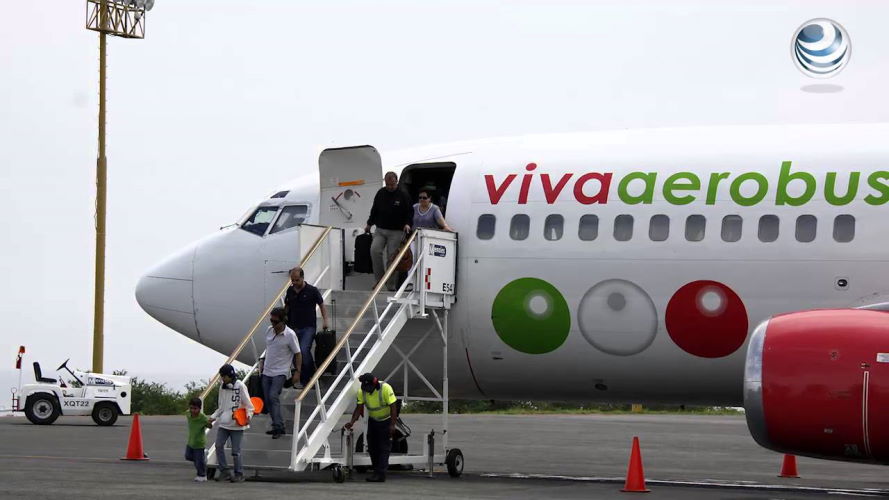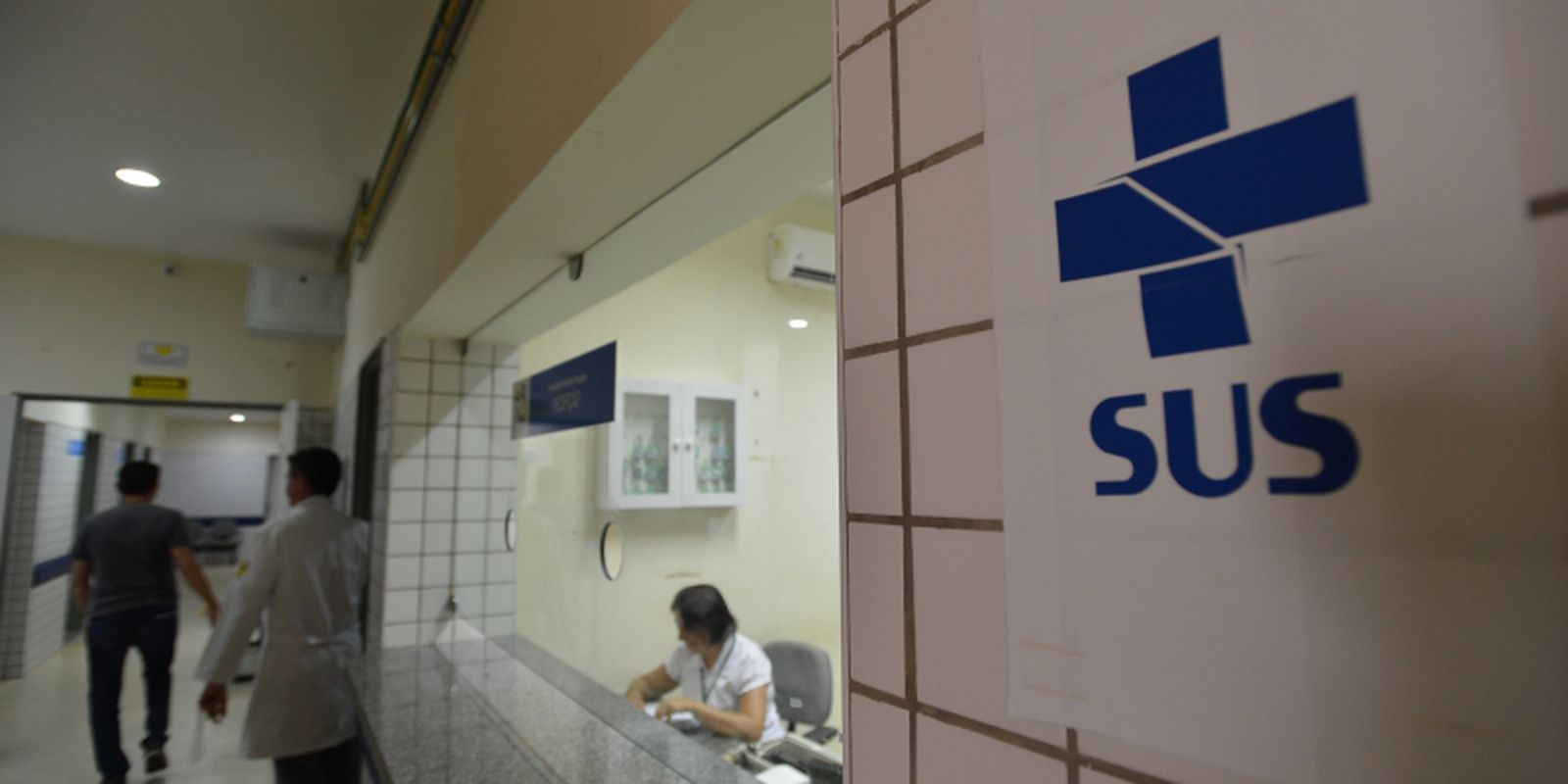Every year CEOs have greater challenges in being able to correctly manage all the internal processes that take place in their company without detailing the types of risk that may affect their organization. From fraud to money laundering, there are endless corporate crimes that they face on a daily basis, and in most cases they generate great economic effects, and even close their doors.
The latest Global Survey on Fraud and Economic Crime by PwC, a consulting firm that analyzed the response of more than 5,000 respondents from 99 countries, revealed that 47% of companies claimed to have been victims of fraud in the last two years. Additionally, nearly half (43%) of reported incidents resulting in losses of $100 million or more were committed by insiders.
In Colombia this has been more common and can be seen in a whole series of financial scandals that involve different companies, and that have even affected the pockets of Colombians, examples such as Carrusel de la Contratación, InterBolsa, SaludCoop, among others. They are the “daily bread”.
You may be interested in: Despite improvement, vehicle availability in Colombia remains low: Andemos
For this reason, Raúl Muriel, CEO of Cosinte, assures that these are times in which organizations must have an adequate risk analysis.
“TTaking into account the sector in which each company operatesit is important to implement a personalized strategy that generates an entire crime prevention system and the correct risk management”, Muriel pointed out.
An internal analysis was carried out where it was established that most companies can lose between 10 to 15% of their annual income if they do not carry out this type of process. In this way, the expert and CEO of Cosinte, recommended four basic points in order to carry out adequate risk management:
– Establish a diagnosis: The situation of the company must be clearly taken into account regarding the risks of each process in the company, regardless of whether they are missional or support, strategic or operational.
– Carry out an objective evaluation: Based on the foregoing, it is important to determine the possibility of the occurrence of any loss, through objective risk matrices, calculated mathematically and aligned with the real operation of the company, to avoid inaccurate calculations and unnecessary expenses.
– The only way to carry out this evaluation is through field work carried out by interdisciplinary teams, which feed the necessary information that allows an objective and comprehensive analysis.
Also read: Catholic Church affirms that there is no shortage of hosts
– Implementation: The concept is developed through a strategic risk plan, in which all process leaders must participate, demanding, as a corporate policy, the mandatory application of procedures and protocols aimed at mitigating the risks detected.
– Monitoring and follow-up: This last point of the methodology guarantees a strategic risk plan as a dynamic tool, in accordance with the daily operation of the company.








